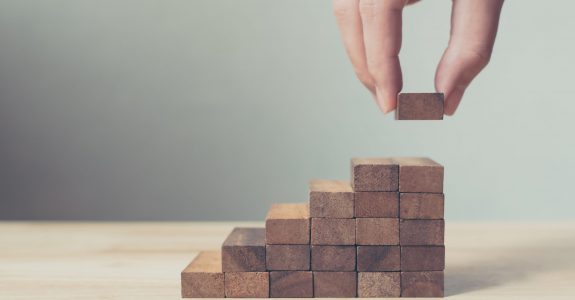Alex Cohen is the Director of Learning and Evaluation for the Richard M. Fairbanks Foundation.
It’s well known that good jobs often require a strong understanding of science, technology, engineering and math (STEM) fields. Yet K-12 performance in STEM lags in Indiana, driven in large part by substantial disparities across race and income.
In 2017, only 51 percent of Indiana students passed the math portion of the ISTEP+ in grades 3-8. The pass rate for students with free- and reduced-price lunches was just 36 percent. And the pass rate for black students was 25 percent—less than half the rate for white students.
Raising STEM achievement, particularly for low-income and minority groups, requires investing in approaches with the highest likelihood of success.
Three recent studies point to promising approaches and add to our evidence base on what works and what doesn’t when it comes to STEM education.
- El UTeach program seeks to recruit undergraduates majoring in STEM fields into teaching and prepare them to be teachers. A recent study from Texas finds middle and high school students taught by UTeach teachers performed substantially better on math and science end-of-course tests than otherwise similar students taught by other teachers.
- Opportunity Culture, which is being implemented in Escuelas públicas de Indianápolis, is a program in which effective master teachers intensively lead and coach teams of teachers. A recent study in North Carolina and New York finds positive impacts on math performance across elementary, middle and high school.
- Finally, a recent study in New York City on two STEM-focused curricula—Building Blocks (for Pre-K) and High 5s (for Kindergarten)—found that implementing these curricula closed more than a quarter of the achievement gap between low-income children and their high-income peers.
There are other approaches that have strong evidence, too.
El What Works Clearinghouse, for example, highlights several effective interventions for math and science, including specific school models and alternative teacher preparation pipelines. Early childhood interventions like high-quality Pre-K and Nurse-Family Partnership have also been shown to improve math achievement, among other outcomes.
As more and more focus is put on STEM, it’s natural for enthusiasm about certain approaches to outpace evidence for their effectiveness. But focusing on programs and interventions that have been subjected to rigorous evaluation—and applying guidelines for evidence like those recommended by the U.S. Department of Education—raises the likelihood that our efforts will lead to demonstrably positive improvements in outcomes for students and help close disparities in STEM achievement.



